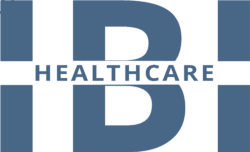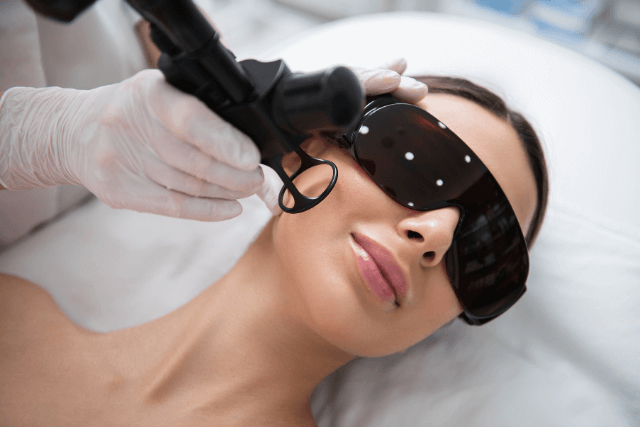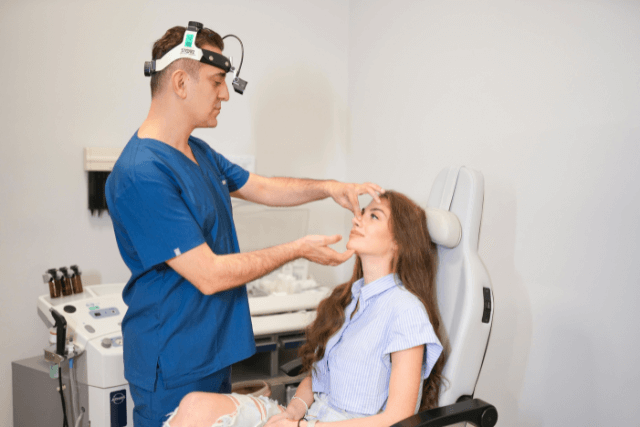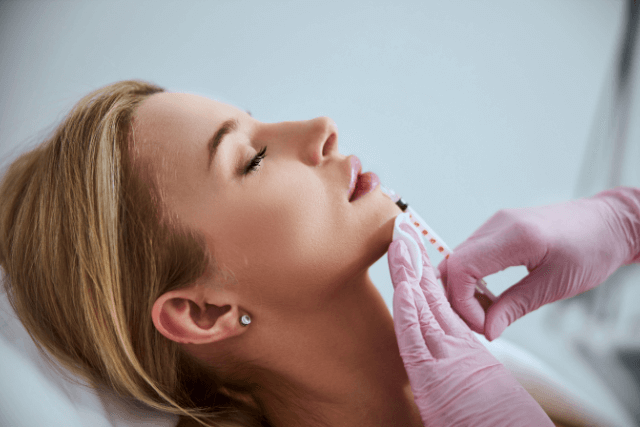Understanding Varicose Veins: A Common Condition
Varicose veins are a very common condition. They affect many adults worldwide. These veins appear swollen and twisted. They often look dark blue or purple. Varicose veins commonly develop in the legs and feet. This is because standing and walking increase pressure. This pressure occurs in the lower body veins. They are more than just a cosmetic concern. Varicose veins can cause significant discomfort. They can also indicate underlying health issues. Therefore, understanding them is crucial. Early recognition helps manage the condition effectively.
What are Varicose Veins? Anatomy of the Problem
Varicose veins are essentially damaged veins. Veins carry deoxygenated blood back to the heart. Healthy veins have one-way valves. These valves push blood upward against gravity. They prevent blood from flowing backward. However, these valves can weaken or become damaged. When this happens, blood pools in the veins. This pooling causes the veins to enlarge. They stretch and twist under the pressure. Consequently, they become visible as varicose veins. This process usually affects superficial veins. These veins lie close to the skin’s surface.
Varicose Veins: Key Symptoms to Watch For
Recognizing varicose veins symptoms is important. Many people experience more than just cosmetic changes.
- Visible Veins: The most obvious sign is visible veins. They appear dark blue or purple. They are often bulging and twisted.
- Aching or Heaviness: Many individuals describe a persistent ache. Their legs often feel heavy or tired. This feeling worsens after prolonged standing or sitting.
- Leg Swelling: Swelling often occurs in the ankles and feet. This indicates poor circulation.
- Burning or Throbbing Sensation: Some patients experience burning. Others feel a throbbing sensation in their legs.
- Muscle Cramps: Nighttime leg cramps are a common complaint. These can disrupt sleep significantly.
- Itching Around the Veins: The skin over the varicose veins can become very itchy. This irritation is persistent.
- Skin Changes: Long-term varicose veins can cause skin changes. The skin may become discolored. It might turn brown or reddish-brown. Skin can also become dry and thin.
- Ulcers or Sores: In severe cases, open sores can develop. These are called venous ulcers. They typically appear near the ankles. These ulcers heal very slowly.
If you notice any of these symptoms, seek medical advice promptly. Early diagnosis improves outcomes significantly.
What Causes Varicose Veins? Understanding the Factors
Understanding what causes varicose veins is essential because it helps prevent them. Several factors contribute to their development, and often multiple factors interact to increase risk.
- Damaged or Weak Valves: This is the primary cause, since healthy valves ensure proper blood flow, but when valves are damaged, blood can flow backward, which consequently causes pooling and swelling in the veins.
- Heredity: Genetics play a significant role, especially if your family members have varicose veins. Therefore, a strong genetic predisposition directly increases your likelihood of developing them.
- Age: The risk of varicose veins rises as you age, because vein valves naturally weaken over time and gradually become less efficient at preventing backflow, which in turn allows veins to enlarge.
- Pregnancy: Pregnant women often develop varicose veins due to increased blood volume, and hormonal changes during pregnancy relax vein walls, which further contributes to vein enlargement. Fortunately, in many cases, symptoms improve after childbirth.
- Obesity: Excess weight places added pressure on leg veins, making it harder for blood to flow upward, while also straining the vein valves significantly, which can accelerate the formation of varicose veins.
- Prolonged Standing or Sitting: Occupations that require long periods of standing, such as nursing, teaching, or factory work, increase the risk, while sitting for extended periods can also contribute because movement improves blood circulation.
- Hormonal Changes: Hormonal shifts during puberty, pregnancy, and menopause affect vein walls, making them more prone to stretching and weakening, which can directly increase susceptibility to varicose veins.
- Deep Vein Thrombosis (DVT): A history of blood clots can damage veins, thereby impairing valve function and subsequently increasing the risk of varicose veins.
Diagnosing Varicose Veins: The Process
A doctor diagnoses varicose veins through examination. They will visually inspect your legs and also discuss your symptoms. They might ask about your family history.
- Physical Exam: The doctor examines your legs. They look for swelling and discoloration. They feel for tenderness.
- Medical History: They ask about your symptoms. They inquire about duration and severity.
- Duplex Ultrasound: This is a non-invasive test. It uses sound waves. It creates images of blood flow. It checks valve function. This test accurately locates damaged veins. It also rules out blood clots.
Accurate diagnosis guides effective treatment.
When to Seek Medical Help
Do not ignore persistent symptoms. Varicose veins can worsen over time.
- Pain or Discomfort: If symptoms interfere with daily life, seek help.
- Skin Changes: Any discoloration or hardening needs attention.
- Ulcers or Sores: These require immediate medical evaluation. They can lead to infections.
- Bleeding: If a varicose vein bleeds, elevate the leg. Apply direct pressure. Seek urgent care.
- Concerns about Appearance: If you are bothered by their look, explore options.
Early intervention helps prevent complications. It also improves your quality of life.
Managing Varicose Veins: IBI Clinic Tampa
At IBI Clinic Tampa, we understand vein health. Our experts offer comprehensive care and provide accurate diagnosis. We also develop personalized treatment plans. Our goal is to alleviate symptoms. We aim to improve appearance. Furthermore, we prevent future complications effectively. We utilize advanced techniques. These treatments are safe and effective. We prioritize your comfort and well-being always.
Prevention Strategies
Although varicose veins are not always preventable, you can significantly reduce your risk by adopting healthy habits. Additionally, taking proactive steps improves overall vein health and circulation.
- Regular Exercise: For example, walking or cycling enhances blood circulation. It strengthens leg muscles, which supports vein function.
- Elevate Legs: Elevate your legs above heart level. Ideally, do this for 15 minutes several times daily. Consequently, this helps reduce vein pressure and swelling.
- Avoid Prolonged Standing or Sitting: Whenever possible, take frequent breaks. Similarly, moving around regularly prevents blood from pooling in the legs.
- Maintain Healthy Weight: By managing your weight effectively, you reduce strain on veins. Therefore, this lowers the risk of developing varicose veins.
- Compression Stockings: These provide external support and help push blood upward. In addition, they prevent blood from pooling in the lower legs.
- Avoid Tight Clothing: Clothes that are tight around the waist or legs can restrict blood flow. Thus, wearing looser clothing improves circulation.
- Low-Salt Diet: Reducing salt intake can minimize fluid retention, thus decreasing swelling and easing pressure on your veins.
By combining these strategies, you actively protect your veins. Furthermore, consistent habits promote long-term vein health and reduce the likelihood of varicose veins developing or worsening.
Conclusion
Varicose veins present various symptoms. They have multiple underlying causes. From genetics to lifestyle, many factors contribute. Recognizing symptoms early is vital. Seeking professional medical advice is equally important. Effective treatments are available today. At IBI Clinic Tampa, we offer expert care and help you manage your vein health successfully. Do not let varicose veins impact your life negatively. Take action now for healthier, happier legs.



